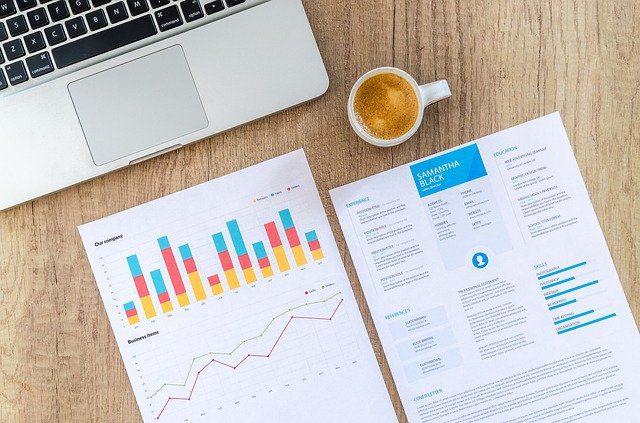Making the Most of Your Balance Sheet

What’s the point of a balance sheet? It can help you know your company’s net worth, how much money you have made, and where your equity is located. Balance sheets are also essential for attracting investors, securing loans and selling a business.
What is a Balance Sheet?
The balance sheet provides a picture of your financials at a moment in time, incorporating all your journal entries since you opened your business. It shows what your business owns (assets), what it owes (liabilities) and what is left over for you (owner’s equity).
Why Do you Need One?
The balance sheet includes every transaction made since you opened your business, so it shows the health of your business’s finances. At a glance, you’ll know:
- exactly how much money you’ve put in,
- how much debt you’ve accumulated and
- how current assets compare to current liabilities, to make sure you can meet upcoming payments.
The information in your balance sheet can help you calculate key financial ratios, such as the “debt to equity” ratio, which shows whether you can pay your debts with equity, should the need arise.
Even more immediately applicable is current assets to current liabilities ratio. This will tell you whether you have the ability to pay all your debts within the next 12 months.
You can compare your current balance sheet to previous balance sheets to see how your finances have changed over time. You’ll be able to see how far you’ve come since you opened your business.
What’s on a Balance Sheet?
All balance sheets have three categories:
- assets,
- liabilities, and
- owner’s equity.
Assets
Assets are the things your business owns with a dollar value.
On the balance sheet, you should list your assets in order of liquidity (how easily they can be turned into cash, sold or consumed). Things you plan to convert into cash within a year are called current assets.
Current assets include:
- Money in a checking account
- Money in transit (money being transferred from another account)
- Accounts receivable
- Short-term investments
- Inventory
- Pre-paid expenses
- Currency, stocks and bonds
Long-term assets, on the other hand, are things you don’t plan to convert to cash within the next 12 months.
Long-term assets include:
- Buildings and land
- Machinery and equipment (minus accumulated depreciation)
- Intangible assets (patents, trademarks, and goodwill–list the market value: what a buyer might pay for these)
- Long-term investments
Liabilities
Liabilities are what your business owes.
List these by their due date. Just like assets, you’ll classify them as current (due within a year) and long-term (due after a year).
Your current liabilities might include:
- Accounts payable
- Wages owed for hours already worked
- Loans that have to paid back within a year
- Taxes owed
Here are some long-term liabilities:
- Loans due next year
- Bonds issued by you
Equity
Equity is money held by your company. (This category is called “owner’s equity” for sole proprietorships and “stockholders’ equity” for corporations.) It shows what belongs to the business owners.
Owners’ equity includes:
- Capital (money invested in the business by the owners)
- Private or public stock
- Retained earnings (all revenue minus all expenses since inception)
Equity can decline when you draw out money to pay yourself, or when you issue dividends to your shareholders.
The Balance Sheet Equation
The balance sheet equation is Assets = Liabilities + Owner’s Equity. Assets go on one side, liabilities plus equity on the other. The two sides must balance.
You pay for your company’s assets by either borrowing money (increasing liabilities) or getting money from the owners (equity).
To learn more about balance sheets and the other reports provided by accounting and bookkeeping services, reach out to BookWerksTM for a FREE consultation.